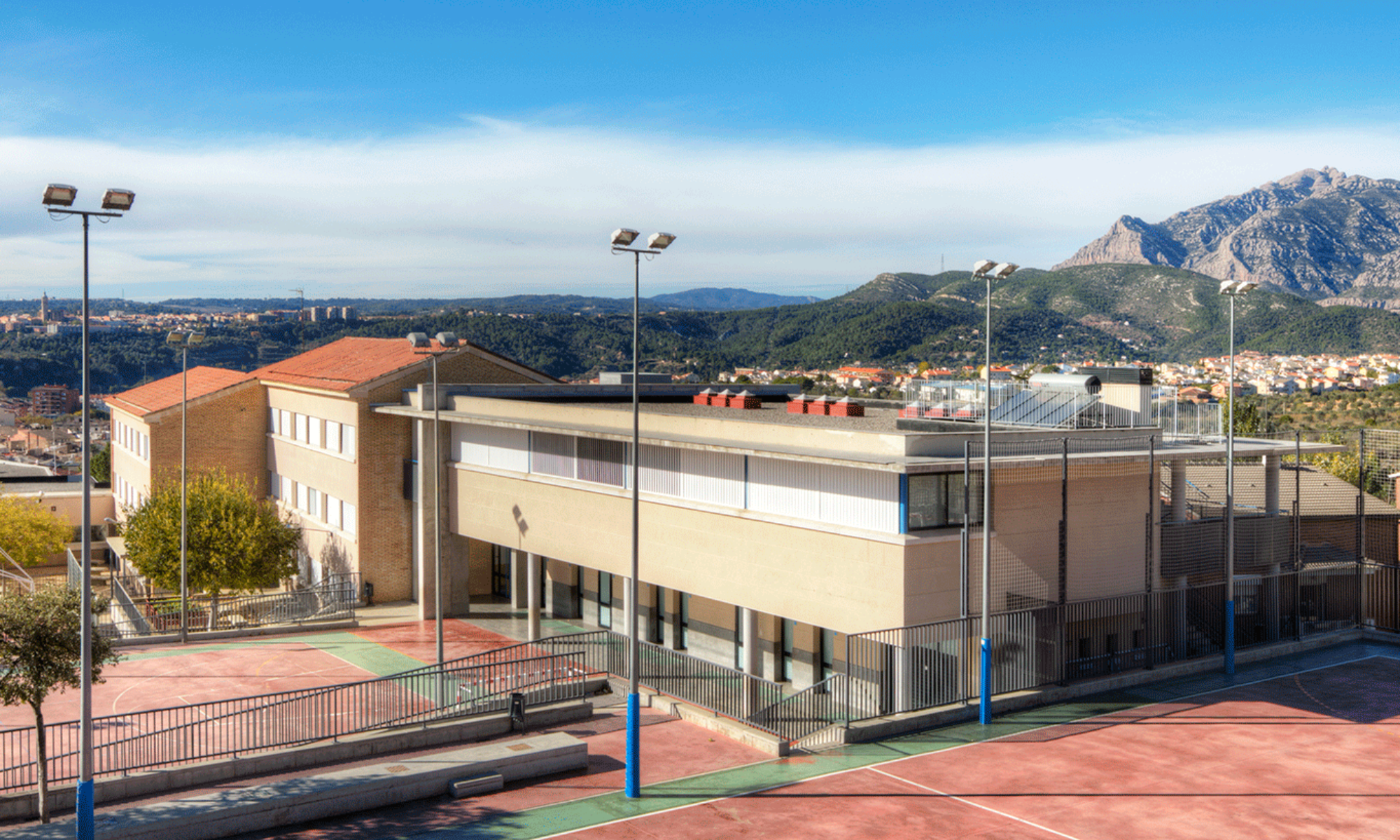Today we’ve listened to the story: The Snail and the Whale.
A tiny little snail has huge dreams of seeing the wide, wide world. So she hitches a ride on a friendly whale’s back and the whale and the snail see it all together: Africa, America and even the Southpole, icebergs, volcanoes and penguins! We even have drawn pictures of these two friends. Have a look!















 Isn’t that cool? In Science we have learnt that an orange peel causes a balloon to pop without even touching it.
Isn’t that cool? In Science we have learnt that an orange peel causes a balloon to pop without even touching it.





















